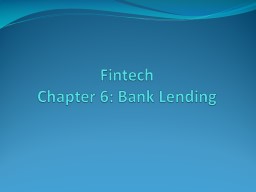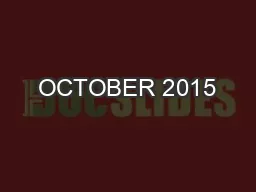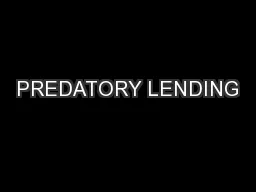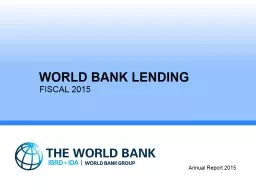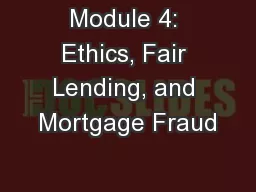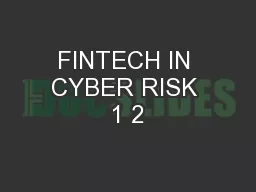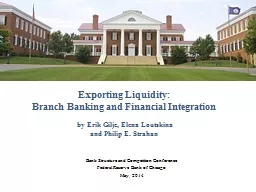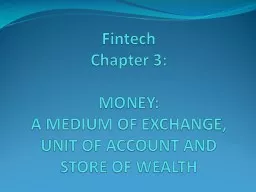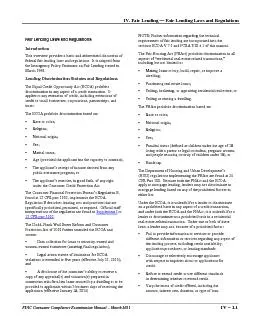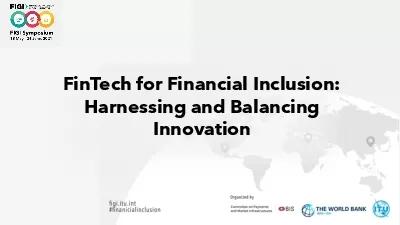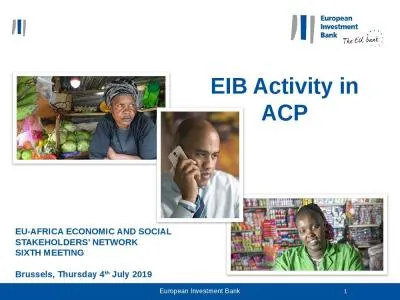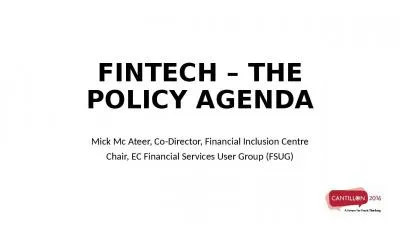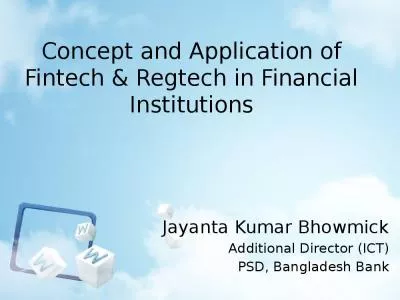PPT-Fintech Chapter 6: Bank Lending
Author : ava | Published Date : 2023-10-31
Primary activity of banks Loans Resources to Borrower Return to Lender Monetary Policy Credit creation relies on banks Reserve ratio Money multiplier Secured vs
Presentation Embed Code
Download Presentation
Download Presentation The PPT/PDF document "Fintech Chapter 6: Bank Lending" is the property of its rightful owner. Permission is granted to download and print the materials on this website for personal, non-commercial use only, and to display it on your personal computer provided you do not modify the materials and that you retain all copyright notices contained in the materials. By downloading content from our website, you accept the terms of this agreement.
Fintech Chapter 6: Bank Lending: Transcript
Download Rules Of Document
"Fintech Chapter 6: Bank Lending"The content belongs to its owner. You may download and print it for personal use, without modification, and keep all copyright notices. By downloading, you agree to these terms.
Related Documents

